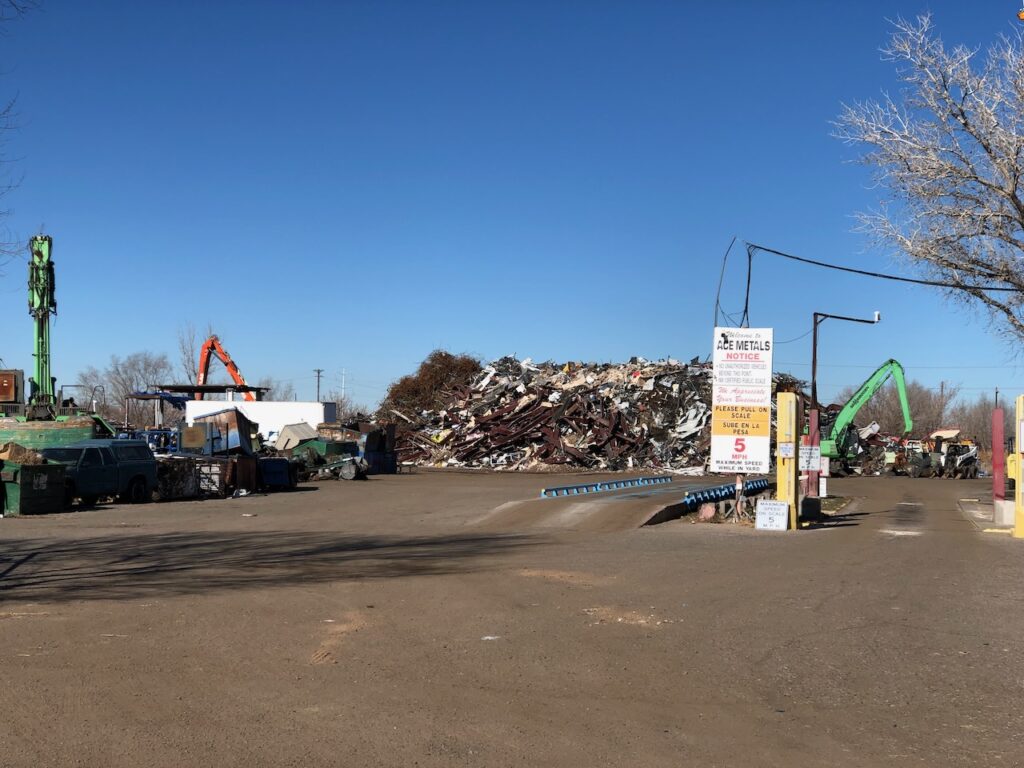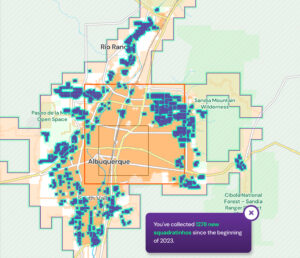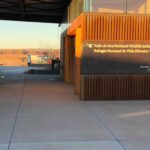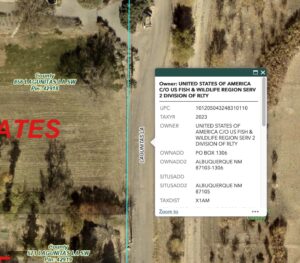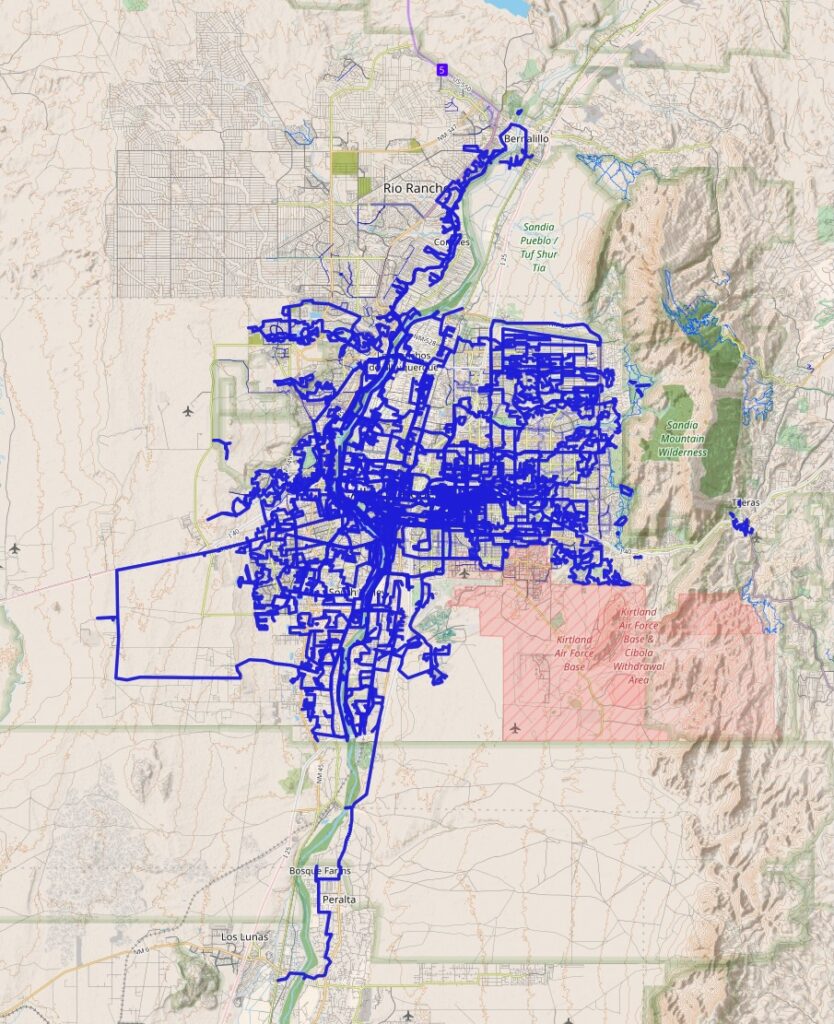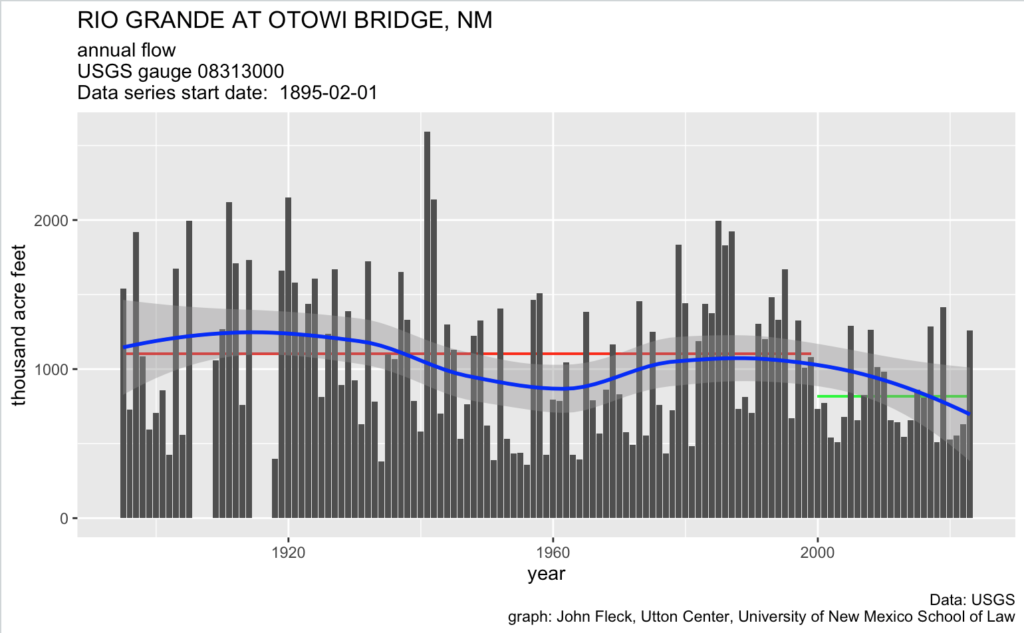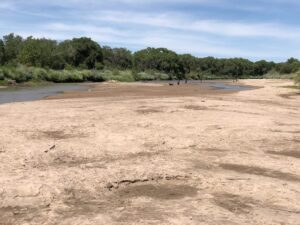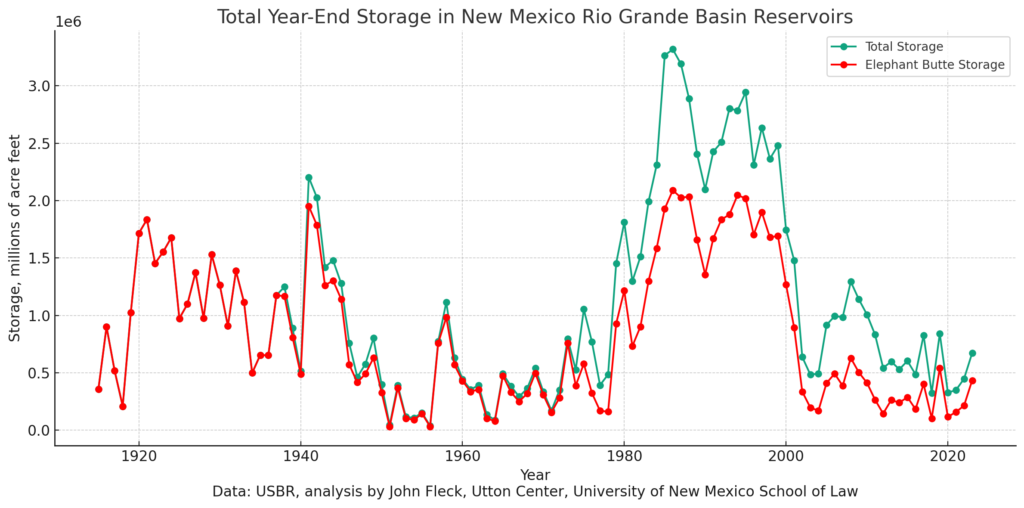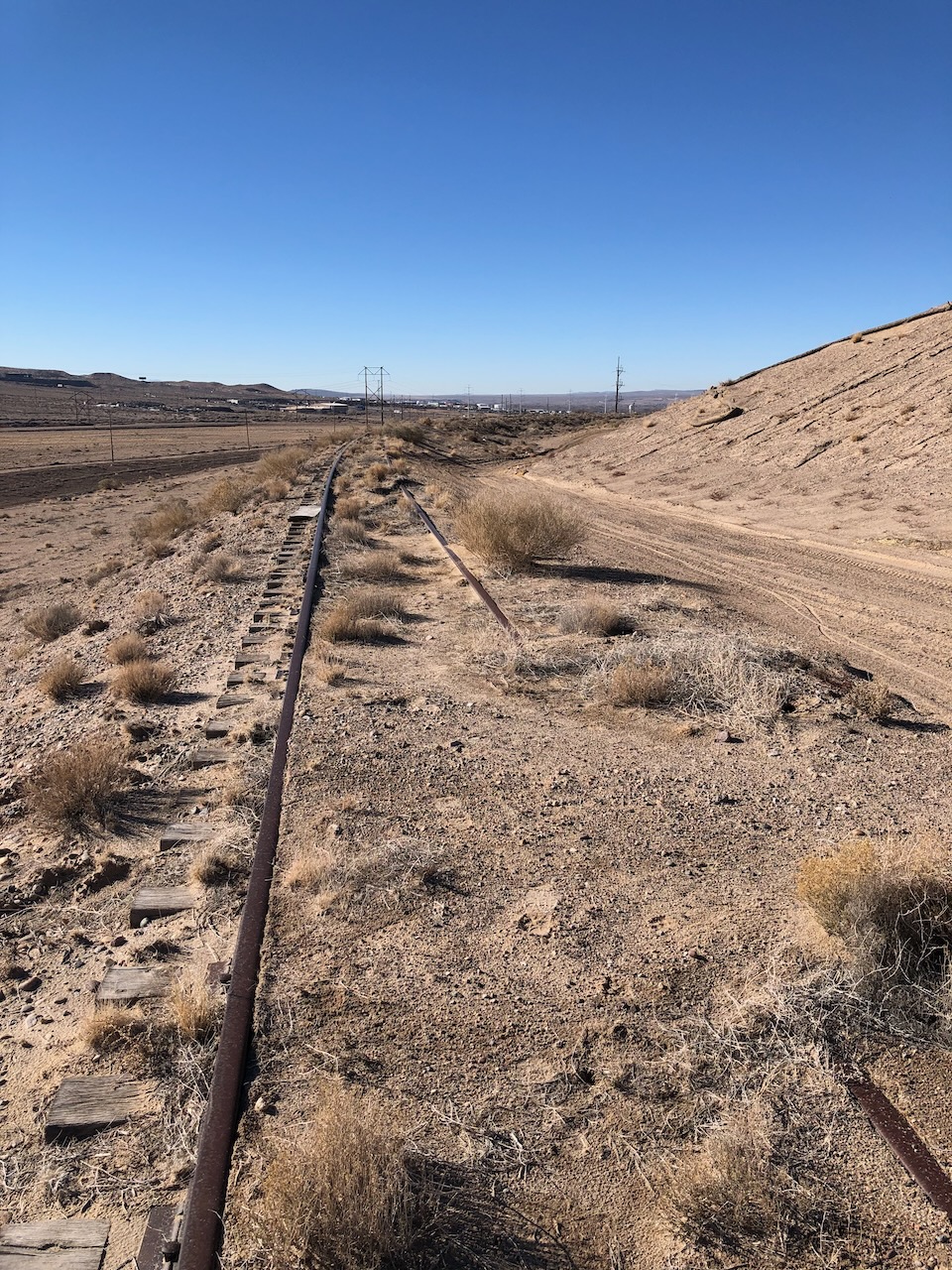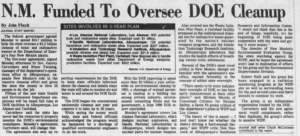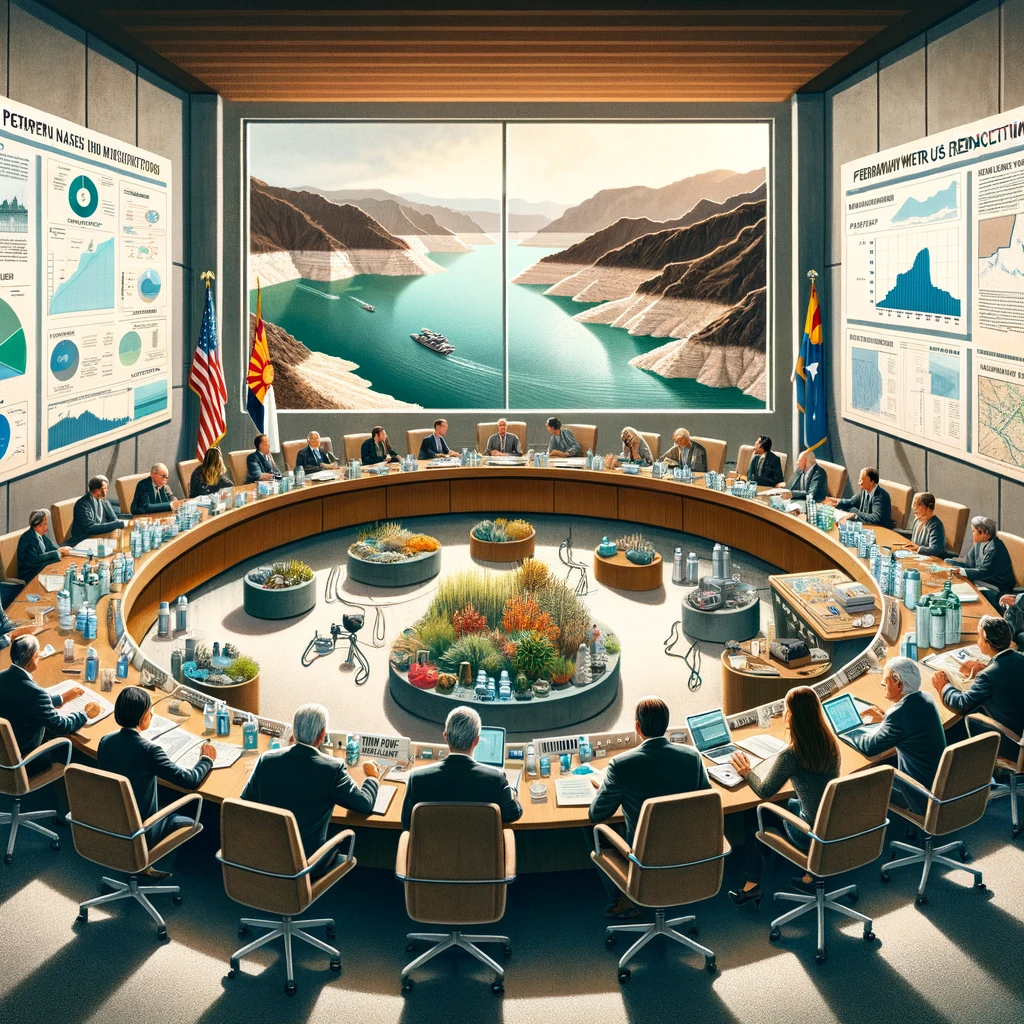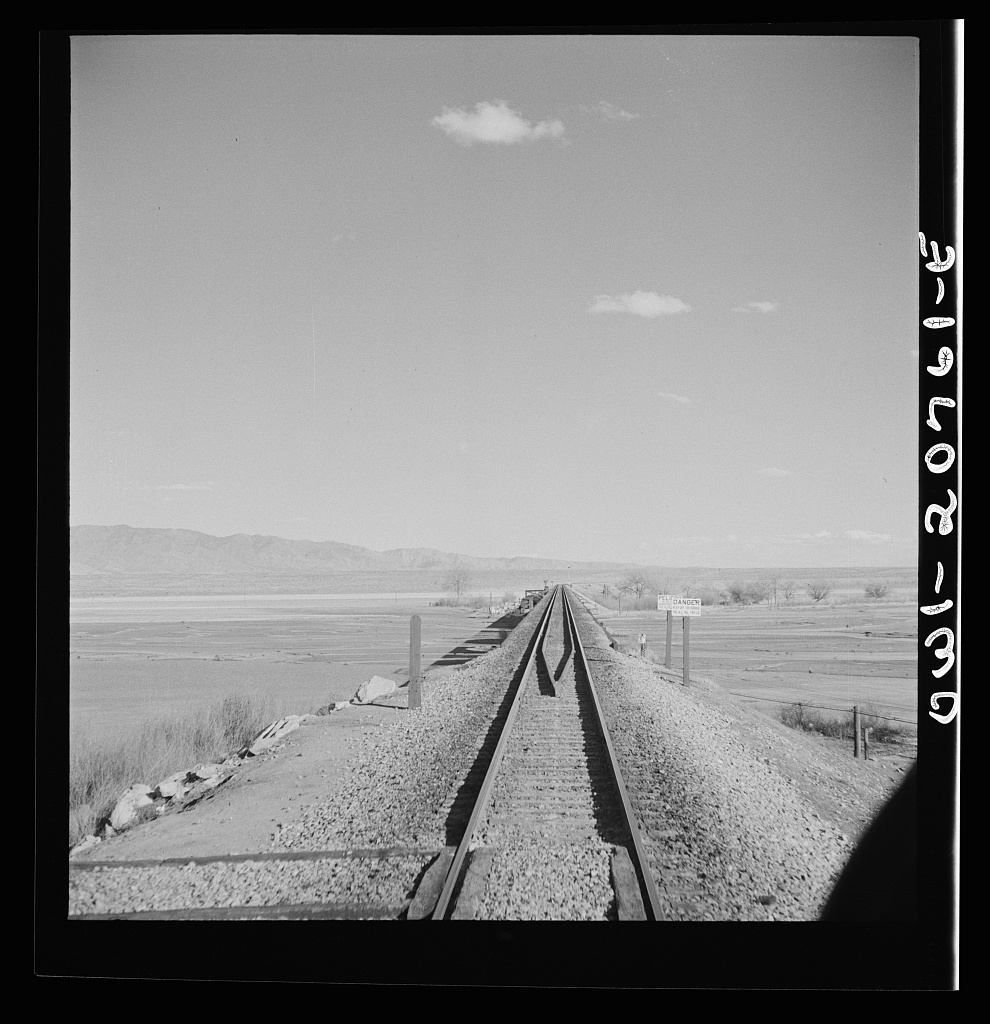Peering out across the Colorado River landscape for 2024, a few things I’ve been reading to help catch y’all up:
Paying to conserve
Annie Snider had a terrific story in late November about the role of federal cash in the short term solutions to the Colorado River’s challenges that needs to echo outside the usual Politico-reading crowd.
Big $$$ flowing from the federal government have been crucial to shoring up the reservoirs by paying people to leave water in them, but what does that do to the prospects of long run solutions that require permanent water use reductions:
The gusher of federal money is likely to make a broader, long-term deal to save the West’s most important river more expensive.
“It’s all a grand experiment,” said Kathryn Sorensen, a former head of Phoenix’s water department, who noted that Democrats’ Inflation Reduction Act funding is effectively creating a new market for water, with a new, higher price. “This market, especially one with a premium [price], might create some perverse incentives.”
Using hydrology, rather than reservoir levels, to determine how much water people use
Luke Runyon, now at the Water Desk (wait, what?) included this in his “what to watch for this year on the river” piece following last month’s Colorado River Water Users Association:
One more idea from the Las Vegas conference that’s still largely conceptual, but is gaining some interest from those in power, is to use annual measures of basic hydrology — like snowpack levels and streamflows — to determine how much water ends up being delivered to the basin’s varied users. It sounds simple: only use what nature provides.
But that idea flies in the face of the river’s foundational governing document, the Colorado River Compact, which put fixed volumes of water use on paper, regardless of whether it was a dry or wet year. For now, the idea seems to be more of a talking point than a specific policy proposal, and we will see if proponents can turn it into something Lower Basin users can get behind.
The current management regime is based on reservoir levels, rather than the underlying system hydrology. My collaborators Jack Schmidt, Eric Kuhn, and I argued in our 2022 NEPA comments for the hydrology approach rather than the reservoir level approach. We are not alone. It makes a lot of sense, though, as Luke notes, no one’s make a specific policy proposal (we just wave our arms in our comments and basically say “This’d be great, someone should figure out how to do it!”).
Which leads me to….
Modeling and a shared understanding
Kevin Wheeler, Terry Fulp, and Roberto Salmon have a super-important new paper on the use of modeling to create a shared understanding of the resources of the Colorado River basin:
As participants directly involved in recent agreements seeking to address this challenge, we describe how a critical basin-wide lens has been developed through information transparency, including the evolution and voluntary exchange of computational models. To achieve greater sustainability, further resolve and commitment from water managers in the United States and Mexico is necessary to ensure the required enhancement of the knowledge systems that will be used to inform extremely difficult and critical decisions.
This touches on a crucial point in negotiating these big, complex, shared resource management agreements – the importance of having a shared understanding of the resource. This is one of the key threads through my book Water is For Fighting Over, which drew for this point on the work of Elinor Ostrom.
When I wrote the following passage eight years ago, I was very specifically writing about the work that Wheeler, Fulp, Salmon, and others had done in negotiating a landmark U.S.-Mexico water management agreement known as Minute 319.
Much of the negotiations that followed hinged on the development of a shared understanding of a seemingly straightforward problem: how to account for the water moving through the Colorado River System from one nation to the other. But to deal with the issue required doing something that had previously been beyond reach: extending “the network” of US water managers into Mexico. One of the network’s key tools is a sophisticated computer model of the basin known as the Colorado River Simulation System. The Bureau of Reclamation supported an entire research team based at the University of Colorado in Boulder to develop and maintain it, and its calculations are used to make decisions about how much, where, and when, to release water.
Now Wheeler, Fulp, and Salmon have written for us a guide. I hope to return to this for a longer piece (see below, re business model), but in the meantime just read what they wrote, please, that’s your homework.
Busking as a business model
I’ve got no business model here, just an extremely part time University gig that ensures me library privileges (important!) and a semi-formal institutional structure to provide routine access to a bunch of really smart people (very important!).
But it occurs to me that I’m kinda like a busker, somewhere between my failed model of performing journalism in bars (this did not work out) and putting out a guitar case seeded with a few fives. Thanks to my faithful readers who provided the fives, here’s the guitar case.


